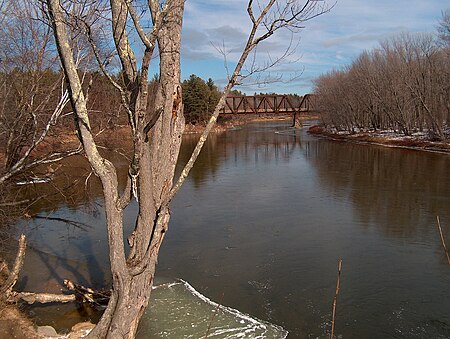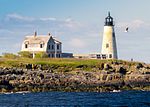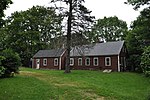Saco River

The Saco River (Abenaki: Sαkóhki) is a river in northeastern New Hampshire and southwestern Maine in the United States. It drains a rural area of 1,703 square miles (4,410 km2) of forests and farmlands west and southwest of Portland, emptying into the Atlantic Ocean at Saco Bay, 136 miles (219 km) from its source. It supplies drinking water to roughly 250,000 people in thirty-five towns; and historically provided transportation and water power encouraging development of the cities of Biddeford and Saco and the towns of Fryeburg and Hiram.Samuel de Champlain sailed a portion of the river in 1605 and referred to it as Chouacoet, which he said was the name used by the Almouchiquois people. Various sources also give their name as "Sokoki" (a term also used for the Missiquoi people of western New England) and as being either the ancestors or close relatives of the Pequawket who lived along the river near present-day Fryeburg. William O. Bright attributed the origin of "Saco" to an Eastern Abenaki language word meaning "land where the river comes out", which he connected to similar place names like Saugus, said to come from the Pawtucket word for "outlet".
Excerpt from the Wikipedia article Saco River (License: CC BY-SA 3.0, Authors, Images).Saco River
Hills Beach Road, Biddeford
Geographical coordinates (GPS) Address Nearby Places Show on map
Geographical coordinates (GPS)
| Latitude | Longitude |
|---|---|
| N 43.461666666667 ° | E -70.355555555556 ° |
Address
Hills Beach Road
04005 Biddeford
Maine, United States
Open on Google Maps






